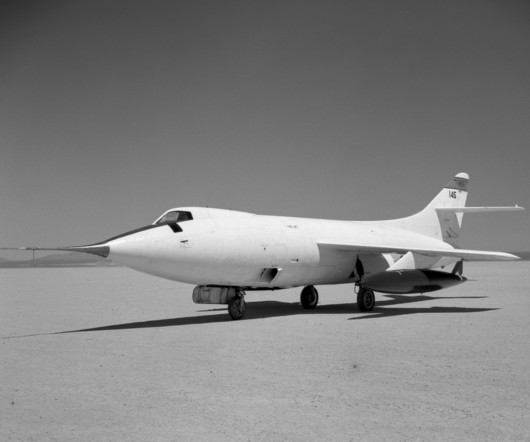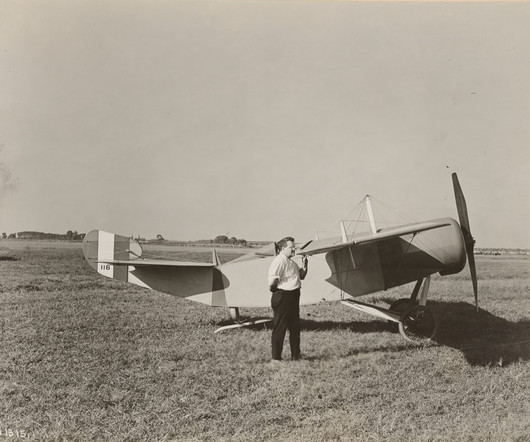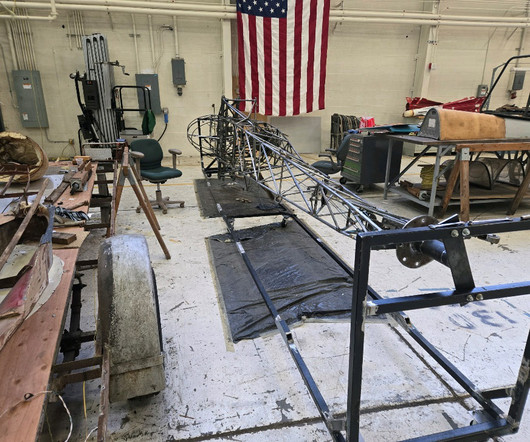Flight Test Files: The Douglas D-558-2 Skyrocket – Chasing Mach 2
Vintage Aviation News
APRIL 11, 2025
Both aircraft display early examples of swept-wing airfoils. NASA photo The Skyrocket’s influence extended to control system designs as wellits data supported the adoption of all-moving horizontal stabilizers, which became standard on high-speed aircraft following the X-1 and D-558 series.

















Let's personalize your content